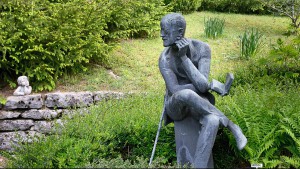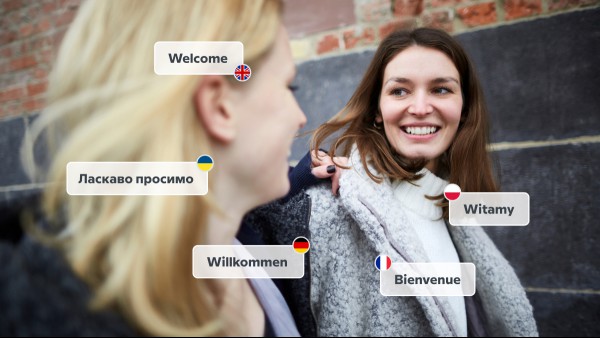A Basic Guide To The Cambodian Language
When you think of Southeast Asian languages, Thai or Vietnamese might come to mind first. But tucked away in the heart of the region lies a linguistic treasure that’s equally fascinating: the Cambodian language, also known as Khmer. Whether you’re planning a trip to the magnificent temples of Angkor Wat or simply curious about the world’s languages, understanding Khmer opens a door to a rich cultural heritage and a warm, welcoming people.
Khmer: The Heart of Cambodian Culture
Khmer, the official language of Cambodia, boasts a history stretching back over a millennium. It belongs to the Austroasiatic language family, which includes languages spoken across Southeast Asia. But what makes Khmer truly unique? One of the most striking features of Khmer is its script. The Khmer alphabet, with its graceful curves and loops, is a descendant of the ancient Brahmi script of India. With 33 consonants and 24 vowel sounds, it’s a complex system that reflects the language’s rich phonology.
How to Say Hello in Cambodian Language
Now, let’s get practical. If you’re wondering how to say hello in Cambodia, you’re in luck – Khmer offers several ways to greet people, depending on the situation and the time of day.
- “Suo s’dei” (សួស្តី) – This is the most common and versatile greeting, suitable for any time of day.
- “Chum reap suor” (ជំរាបសួរ) – A more formal greeting, often used in professional settings or when addressing elders.
- “Ar-run sua s’dei” (អរុណសួស្តី) – Specifically used for “good morning.”
Thank You in Cambodian Language
Equally important as greetings are expressions of gratitude. To say “thank you” in Khmer, use:
- “Arkun” (អរគុណ) – This is the standard way to say “thank you.”
- “Arkun ch’ran” (អរគុណច្រើន) – For “thank you very much.”
Remember, in Cambodian culture, a slight bow with hands pressed together (known as a “sampeah”) often accompanies these verbal expressions of gratitude.
Khmer and Thai: Distant Cousins or Close Siblings?
A common question among language enthusiasts is whether Khmer is similar to Thai. While both languages are spoken in neighboring countries and share some cultural influences, they are actually quite different linguistically. Khmer belongs to the Austroasiatic family, while Thai is part of the Tai-Kadai family. This means their core vocabulary and grammar structures are distinct.
However, due to centuries of cultural exchange and geographic proximity, Khmer and Thai have borrowed words from each other, particularly in areas related to religion, royalty, and some everyday items. So, while a Khmer speaker and a Thai speaker might recognize a few words in each other’s languages, they wouldn’t be able to understand each other without study.
The Challenge of Learning Khmer
Is Cambodian a difficult language to learn? The answer, as with many languages, depends on your linguistic background and dedication.
For English speakers, Khmer presents several challenges:
- The script: The Khmer alphabet is entirely different from the Latin alphabet and takes time to master.
- Tones: While not tonal in the same way as Chinese or Thai, Khmer uses a complex system of vowel distinctions that can be challenging for non-native speakers.
- Grammar: Khmer grammar is quite different from English, with a flexible word order and a system of honorifics that reflects social relationships.
However, Khmer also has some features that learners might find easier:
- No conjugations: Verbs don’t change form based on tense or subject.
- No grammatical gender: Unlike languages like French or German, Khmer nouns don’t have gender.
- Loanwords: Khmer has borrowed many words from English and French, which can give learners some familiar vocabulary to work with.
Why Learn Khmer?
Despite its challenges, learning Khmer can be an incredibly rewarding experience. It opens up a world of cultural understanding, from ancient temple inscriptions to modern Cambodian literature and film. For travelers, even basic Khmer can lead to warmer interactions and deeper connections with local people. Moreover, as Cambodia continues to develop economically and engage with the global community, Khmer language skills could prove valuable in business, diplomacy, or international development work.
The Cambodian language, with its ancient script, unique sounds, and rich cultural heritage, offers a fascinating journey for language learners. Whether you’re planning a trip to the beaches of Sihanoukville, the temples of Siem Reap, or simply want to expand your linguistic horizons, learning Khmer is a gateway to understanding the heart of Cambodian culture. Remember, every new word you learn in Khmer is a step towards connecting with millions of Cambodian speakers around the world. So why not start today? Begin with a simple “Suo s’dei” or “Arkun,” and who knows where your Khmer language adventure might take you!
This article was created with the assistance of AI.





